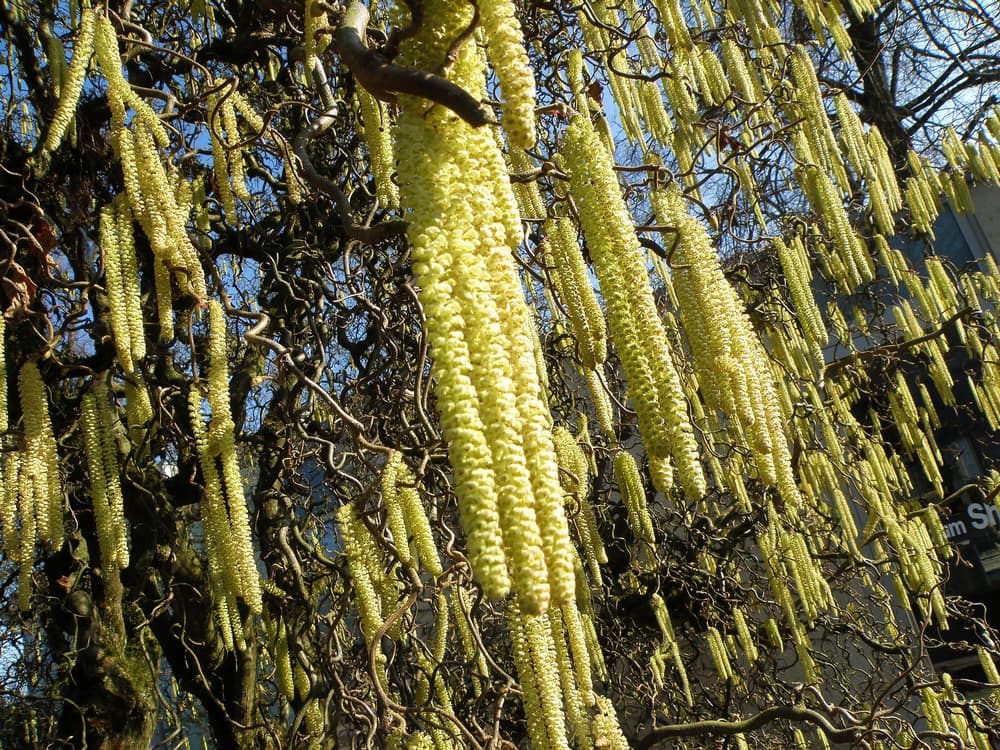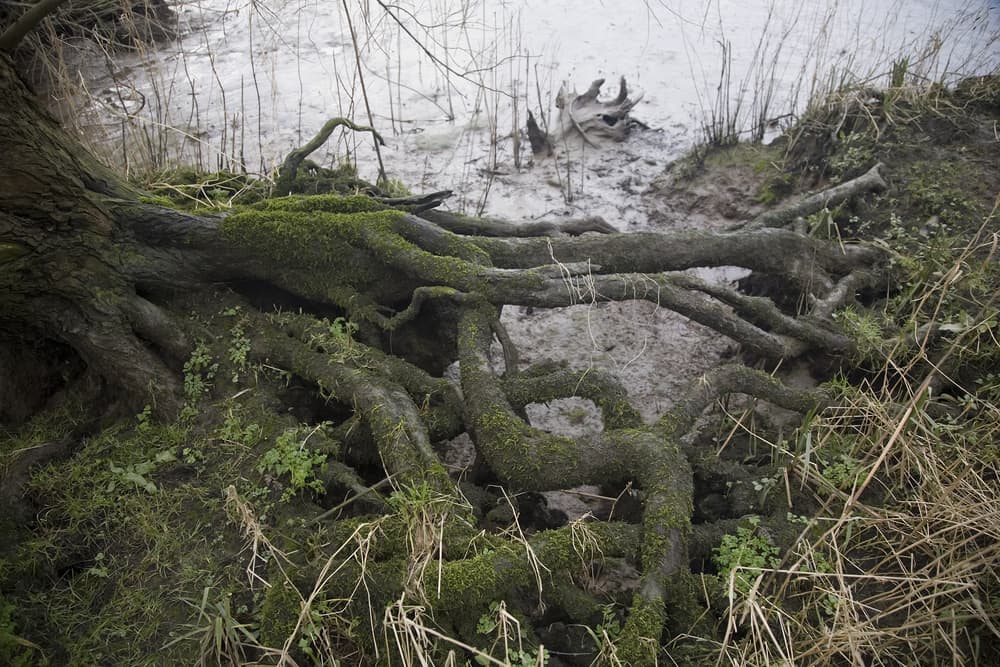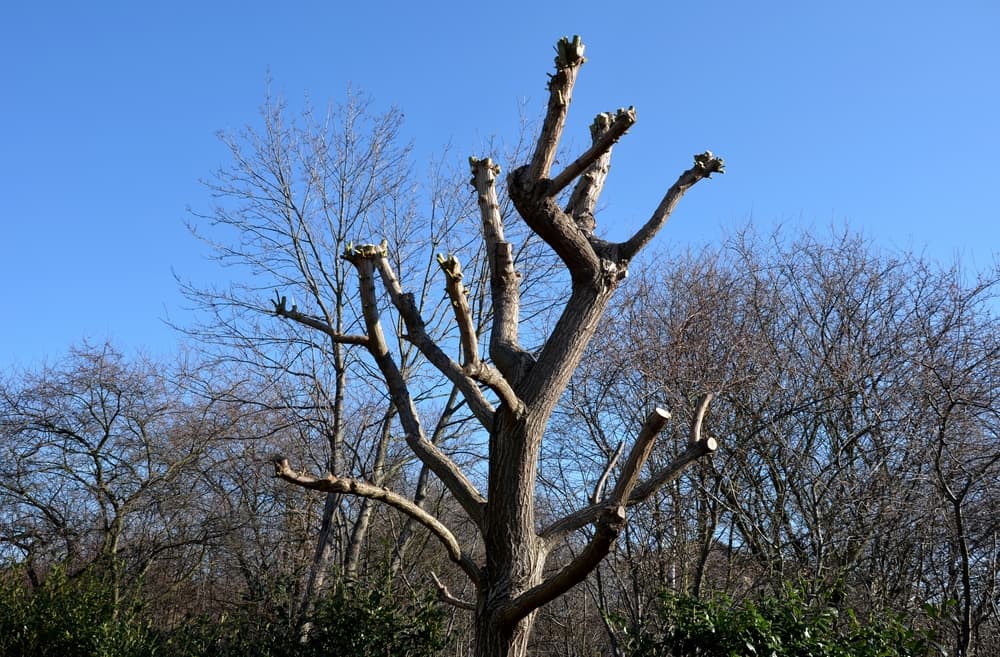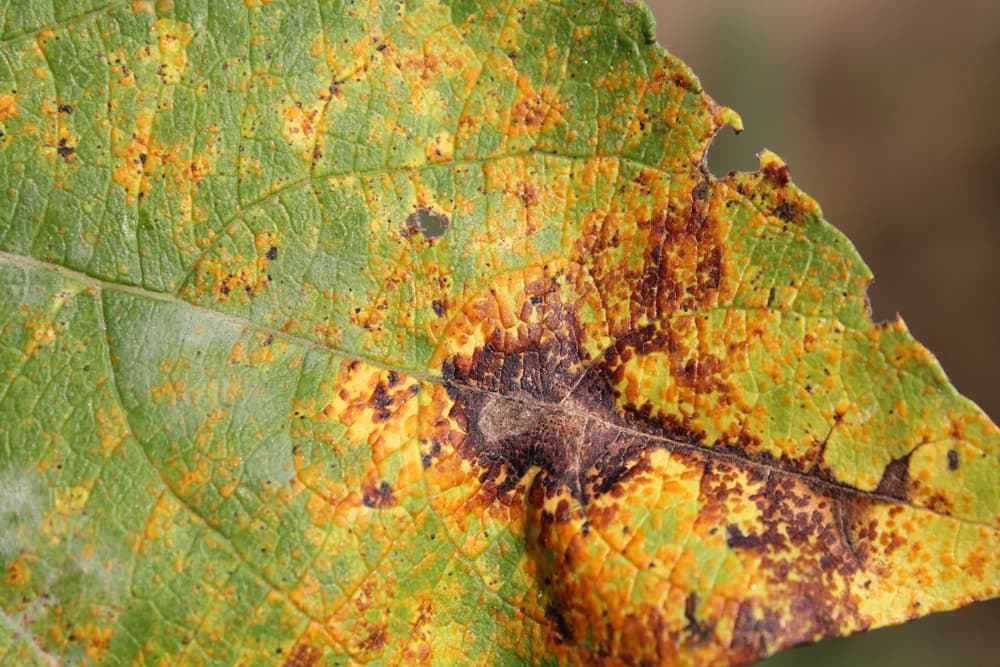Corkscrew Willow: Grow This Contorted Tree For Its Twisted Stems And Trunk


Elizabeth is a Permaculture Garden Designer, Sustainability Consultant and Professional Writer, working as an advocate for positive change. She graduated from the University of St. Andrews with an MA in English and Philosophy and obtained a Diploma in Applied Permaculture Design from the Permaculture Association.
Reviewed By DAN ORI

Dan has over 27 years’ under his belt caring for plants and gardens. Working as a Horticultural Instructor and Consultant, he draws on a diverse range of experience that includes working as a Head Gardener, Tree Surgeon, Garden Centre Trouble Shooter, and writer of academic papers. Dan has a Level 3 Diploma in Horticulture and is currently a candidate for the RHS’s most prestigious award – The Master of Horticulture.
IN THIS GUIDE
WILLOW GUIDES
Container Growing
Pruning
Varieties
– Corkscrew
– Flamingo
– Weeping
Corkscrew willow trees are ornamental trees that can be great choices for many gardens.
Corkscrew willow – Salix babylonica var. pekinensis ‘Tortuosa’ – also known as ‘Salix matsudana Tortuosa’ and ‘Dragon’s Claw Willow’, is an attractive ornamental tree.
This is one of a number of Salix matsudana (Chinese Willows) which are now included within the Salix babylonica species.
Overview
| Botanical Name | Salix babylonica var. pekinensis ‘Tortuosa’ |
| Common Name(s) | Corkscrew Willow, Dragon’s Claw Willow |
| Plant Type | Tree |
| Native Area | Temperate Northern Hemisphere |
| Hardiness Rating | H5 |
| Foliage | Deciduous |
| Flowers | Yellow catkins |
| When To Plant | January, February, March, November, December |
| Flowering Months | March, April |
| When To Prune | February, March |
Sunlight
Preferred
Full Sun
Exposure
Exposed or Sheltered
Size
Height
1 – 12M+
Spread
4 – 8M+
Bloom Time
Spring (varies)
Soil
Preferred
Most soil types
Moisture
Moist but well-drained or well-drained
pH
Any
S. babylonica is a species of willow which is native to dry areas in China and Korea, though it has long been cultivated elsewhere in Asia – and these willows are now commonly grown in many gardens around the world.1Salix babylonica. (n.d.). Kew Royal Botanic Gardens. Retrieved March 27, 2023, from https://powo.science.kew.org/taxon/urn:lsid:ipni.org:names:777133-1
Corkscrew willow is the most popular horticultural variant of the type of S. babylonica (formerly referred to as S. matsudana).
It is famed for its strongly twisted stems and trunk.

The contorted forms of this tree make it a popular ornamental tree in gardens.
This is a fast-growing deciduous tree, with narrow, twisted leaves; it bears insignificant yellowish catkins in the spring.
The form of the tree is its major draw.
The tree is a fairly large one, which can grow to an ultimate height of more than 12m and has an ultimate spread of around 4-8m.
Why Grow A Corkscrew Willow?
Corkscrew willows, as mentioned above, are most commonly grown for their contorted branches, which create interesting and attractive shapes in the plant architecture of a garden.

Like other trees with interesting forms, these trees look good throughout the year, but are particularly prized for the interest they add to a winter garden, when the trees have lost their leaves.
Like all other willows (members of the Salix genus) corkscrew willows have salicin in their fresh bark.2Salix matsudana. (n.d.). PFAF Plant Database. Retrieved March 27, 2023, from https://pfaf.org/user/Plant.aspx?LatinName=Salix+matsudana
Willow bark can also be used to make a rooting compound, that fosters good root formation on plant cuttings – and can improve results in plant propagation. Added to water in fresh flower arrangements, it is also said to keep fresh flowers looking good for longer.3Wise, K., Gill, H., & Selby-Pham, J. (2020). Willow bark extract and the biostimulant complex Root Nectar® increase propagation efficiency in chrysanthemum and lavender cuttings. Scientia Horticulturae, 263, 109108. https://doi.org/10.1016/j.scienta.2019.109108
How To Grow Corkscrew Willow
Corkscrew willow should only be grown in a position where there is space to do so.
This plant, as mentioned above, can grow rather quickly into a fairly large tree, so while it can be a good choice for larger gardens, it might not be the best option in a smaller space.

If you have a smaller garden then you might wish to consider instead S. × sepulcralis ‘Erythroflexuosa’.
This is a smaller willow tree that also has contorted stems, but which will typically grow to between 4-8m in height, with a normal width of between 2.5-4m.
“If you are looking for something up to 6m and like the corkscrew look but your soil is not moist most of the year, a good alternative is the slower growing corkscrew hazel (Corylus avellana ‘Contorta’),” Dan Ori, a Master Horticulturist, recommends.
Preferred Soil & Drainage
This alternative is sometimes referred to as ‘Golden Corkscrew Willow’.
It prefers somewhat moister conditions and can also be a better willow to choose for poorly drained sites.
These trees do best in a clay, loam or sandy soil which is moderately fertile and deep.

It is unfussy about pH, but will tend not to thrive in chalky conditions.
Moist but well-drained or well-drained conditions will suit them best; these trees need to be grown in full sun and definitely will not thrive in even partial shade.

However, they can be suitable for exposed as well as sheltered spots and are H5 hardy in the UK.
Where To Grow Them
Corkscrew willow is a tree that will suit a relatively large garden with a relaxed and low-maintenance feel.
It can be a good choice for an ornamental woodland garden, accompanied by other trees and shrubs of architectural interest, or grown alone as a specimen tree.
One important thing to note is that willow roots are shallow and can cause problems when planted too close to infrastructure.

They can break up paving or paths, and could cause damage if placed too close to buildings.
Planting Corkscrew Willow
Corkscrew willows are best planted between September and November, though bare root trees can be planted at any time over the dormant period.
“Supported with appropriate watering, container-grown plants can be planted at any time, but dry periods should be avoided,” says Dan.
Make a hole bigger than the root ball of the tree, with some good quality compost or organic matter at the base of the hole.
Water in well, re-firm the soil in place around the new tree, and mulch well around the base (taking care not to pile mulch around the trunk) with organic matter.
A mulch of wood chippings can be a good choice.
Plant Care
When placed in an appropriate location with suitable growing conditions, corkscrew willow trees are generally a low maintenance and easy to care for plant.

But there are a number of things to bear in mind –
Watering
Like most trees, corkscrew willows will require a little more watering until they become established.
So make sure that you water well during dry periods over the first year or so.
After this, rainfall will usually be sufficient, but be sure to water during periods of prolonged drought.
Remember, mulching each spring will retain moisture in the soil and stop the growing area from drying out as quickly.
Feeding
Mulching is also usually all that will be required to maintain fertility for your willow tree, as long as you are growing in moderately fertile soil.
If growth is not as strong as it should be, you can also consider adding a general-purpose organic fertiliser in the spring.
Pruning
Corkscrew willows are usually well-formed trees which require little pruning. However, light pruning can be undertaken in March.
Remove any branches which are dead, damaged or diseased.

The aim is to create an open structure without branches touching – this will help keep the tree healthy and happy.
Propagation
Willows are incredibly easy to propagate and corkscrew willows are no exception.
Stems (hardwood cuttings) can simply be placed into the ground in autumn, where they will tend to take root easily and can be moved to their final growing positions the following year.
Common Problems
Willow trees are not usually killed by pests and diseases, but can be prone to certain problems.
Corkscrew willows might, for example, be subject to aphid, caterpillar, leaf beetle or sawfly infestation.
Keeping a good biodiversity and balance in your garden can help keep pest numbers down.
Make sure you plant around your willow tree to attract predatory insects and other beneficial wildlife which will help keep pests at bay.
Fungal Issues
Willows like corkscrew willow can be affected by fungal diseases such as willow anthracnose, and rust.
Willow anthracnose causes brown or black spots to appear on the leaves, and irregular lesions may be seen on young stems.

Affected leaves and shoots may be shed, leaving the crown of the tree sparse.
Prune out affected areas quickly to prevent its spread (it is worth noting that S. ‘Erythroflexuosa’, the alternative tree mentioned above, is resistant to anthracnose).
In the case of rust, pustules will be seen on leaves and stems – usually, rust will only reduce vigour, but in extreme cases can occasionally kill the tree.
Again, remove diseased material as quickly as possible and keep the material away from your composting system.
Expected Lifespan
When cared for properly, corkscrew willow trees should remain in your garden for many years to come.
However, this is a fairly short-lived species, and will usually live around 30-50 years before dieback starts to occur.
References
- 1Salix babylonica. (n.d.). Kew Royal Botanic Gardens. Retrieved March 27, 2023, from https://powo.science.kew.org/taxon/urn:lsid:ipni.org:names:777133-1
- 2Salix matsudana. (n.d.). PFAF Plant Database. Retrieved March 27, 2023, from https://pfaf.org/user/Plant.aspx?LatinName=Salix+matsudana
- 3Wise, K., Gill, H., & Selby-Pham, J. (2020). Willow bark extract and the biostimulant complex Root Nectar® increase propagation efficiency in chrysanthemum and lavender cuttings. Scientia Horticulturae, 263, 109108. https://doi.org/10.1016/j.scienta.2019.109108
